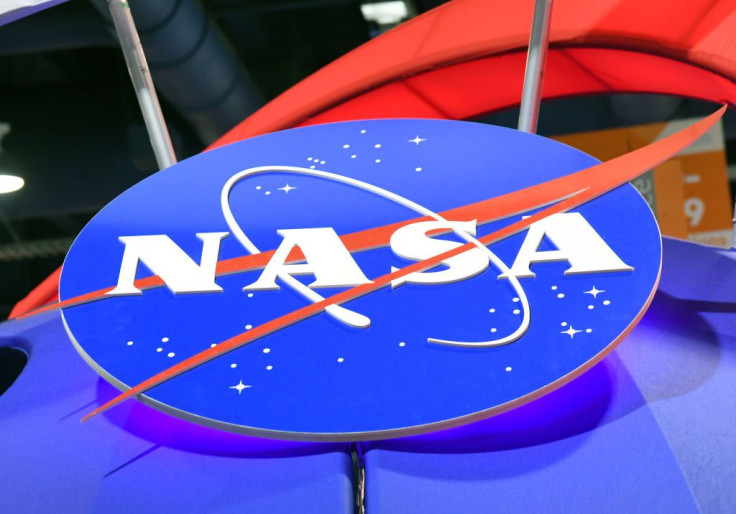NASA Spacecraft Nearing Most Distant Planetary Object Ever Studied For Historic New Year's Flyby

A NASA spacecraft is nearing the most distant planetary object ever studied in what would be a historic New Year's Day flyby.
NASA spacecraft New Horizons is currently 4 billion miles (6.4 billion kilometers) away from Earth and is poised to zoom by at 12:33 a.m. EST (0533 GMT) on Jan. 1, at a distance of just 2,200 miles (3,500 kilometers) from Ultima Thule. This is apparently over three times closer than the time the spacecraft came to Pluto when it flew by the dwarf planet back in 2015.
Ultima Thule (pronounced TOO-lee) is named after a mythical, far-northern island in medieval literature. It even has its own rock anthem performed by Queen guitarist Brian May. But why exactly is it so significant?
Johns Hopkins Applied Physics Laboratory project scientist Hal Weaver told Phys.org that the Ultima Thule is currently the most primitive object ever encountered by a spacecraft. Sometimes called the "attic" of the solar system by scientists, Ultima Thule is located in the vast cosmic disc Kuiper Belt that was left over from the formation of the first planets.
Ultima Thule can be found in an area of space that is freezing, so it is believed to have remained well-preserved even after billions of years. Weaver added that it is considered to be a relic from the formation of the solar system.
Scientists are still unsure as to the exact size of Ultima Thule, though they believe it to be relatively small. It is said to be around 100 times time smaller than Pluto, which measures almost 1,500 miles (2,414 kilometers) in diameter.
As to the Kuiper Belt, it is a relatively new discovery, having only been found by scientists in the 1990s. The cosmic disc starts some 3 billion miles (4.8 billion kilometers) beyond our Sun, past the orbit of Neptune which is the planet furthest from our star.
New Horizons principal investigator Alan Stern revealed that the Kuiper Belt is "teeming" with billions of comets, millions of planetesimals such as the Ultima Thule and a "handful" of Pluto-sized planets. Planetesimals are the building blocks out of which planets are formed.
"It is important to us in planetary science because this region of the solar system, being so far from the Sun, preserves the original conditions from four and a half billion years ago," Stern said. "So when we fly by Ultima, we are going to be able to see the way things were back at the beginning."
© Copyright IBTimes 2024. All rights reserved.





















